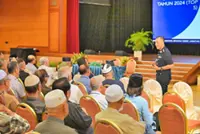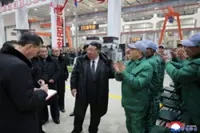Personal trainer who trains seniors._03/11/2023/ S.S.KANESAN/THE STAR
Personal trainer Ken-G travels to his client appointments with just three pieces of equipment in his car: A golf ball, a tennis ball and ankle weights. Sometimes, he brings along a stool.
Training does not involve dumbbells (though there are exceptions), barbells or kettlebells.
Already a subscriber? Log in
Save 30% OFF The Star Digital Access
Cancel anytime. Ad-free. Unlimited access with perks.





